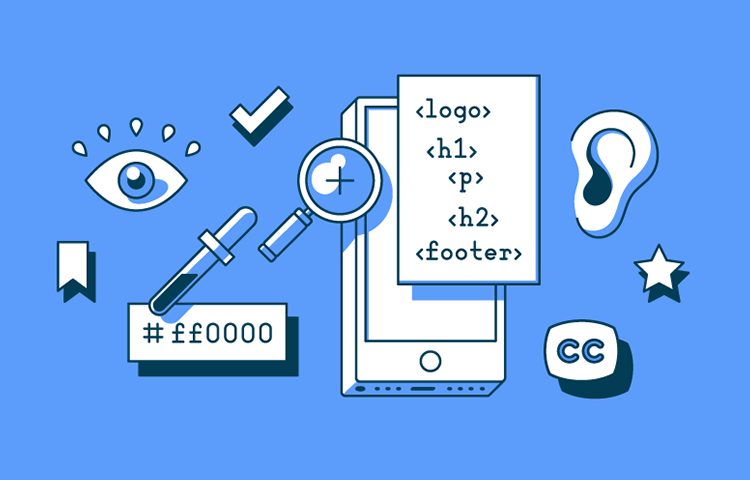
Websites Accessibility
Web accessibility refers to designing websites and applications that can be used by people with disabilities. However, accessibility benefits go beyond and impact all users.
What is Web Accessibility?
The process involves meeting four key principles:
Perceivable
Firstly, content and interface elements can be presented to users in ways they can perceive. This includes text alternatives, captions, and color contrast.
Operable
Secondly, interface elements can be interacted with effectively using common inputs and controls. This involves keyboard navigability and sufficient time to read and use content.
Understandable
Then, information and navigation is structured in a meaningful and logical manner where content makes sense. This covers using clear and simple language.
Robust
Finally, content is robust enough to be interpreted consistently by a wide variety of browsers and assistive technologies. This involves following web standards.
Why Does it Matter
Also, accessibility helps achieve:
Inclusion
Websites become usable by those with disabilities, the visually impaired, elderly, and users with limited mobility. This increases inclusion.
Legal Compliance
Laws in many countries require public sites to meet web accessibility standards to avoid discrimination.
Usability
Improving accessibility often improves the overall design for all users.
Growth
This opens up a new market of users that business owner cannot ignore for business growth.
How to Improve Accessibility
Indeed, you need to audit the website for issues using tools and guidelines. Then:
- Provide text alternatives for images and multimedia,
- Offer keyboard navigation for all functionality,
- Use proper HTML tags and page structure,
- Ensure sufficient color contrast,
- Write for all types of cognitive abilities.
In summary, web accessibility is good design for everyone. Ultimately, perfectly accessible websites may not be achievable, rather accessibility should be a continuous improvement effort to maximize inclusion for all users. With awareness, planning and alterations in standard practices, the process can move from a checkbox task to part of an organization’s fabric.
